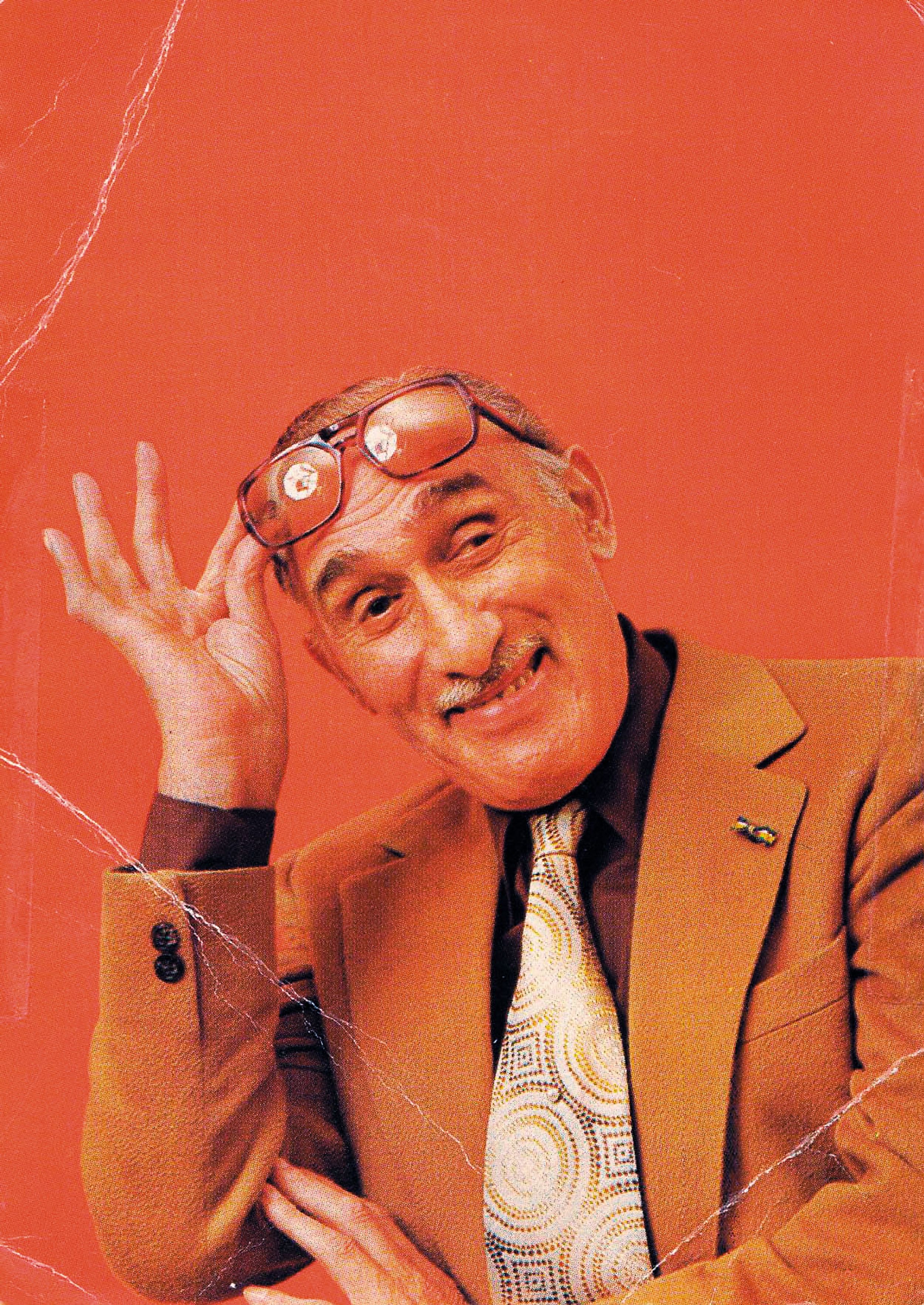
Ik lach om niet te huilen - Max Tailleur
As a young girl, director Laetitia Schoofs lived upstairs from Max Tailleur (1909-1990). Now, she reconstructs his life with archival footage and interviews. His trip as an 18-year-old to Antwerp, his escape to Switzerland in WWII, his long marriage and his post-war success: Cabaret De Doofpot in Amsterdam, a whole series of joke books and the , a hotline people called to hear the joke of the day, which got some eight million calls per year. The film also covers his rheumatism, which he nervously concealed for years, until he started collecting money for rheumatics with his nationally renowned "Max's pocket." Schoofs visits Tailleur's enormous archive of jokes, alphabetised with flash cards by catchword, and discovers an unpublished autobiographical manuscript by him - excerpts of which are read in voiceover. Film fragments reveal the comic's striking face and emphatic Yiddish - a caricature which many Jews blamed him for. From his manuscript: "I was the biggest anti-Semite. I made the laugh about the Jewish humour that had already been murdered in the concentration camps." In dramatised scenes, we see Schoofs herself as a little girl. Now, she discovers how close her mother used to be to the comic.